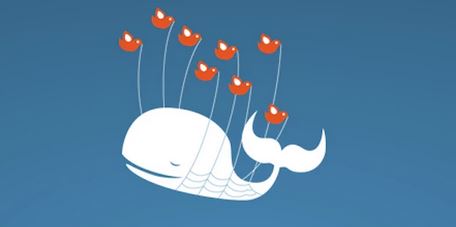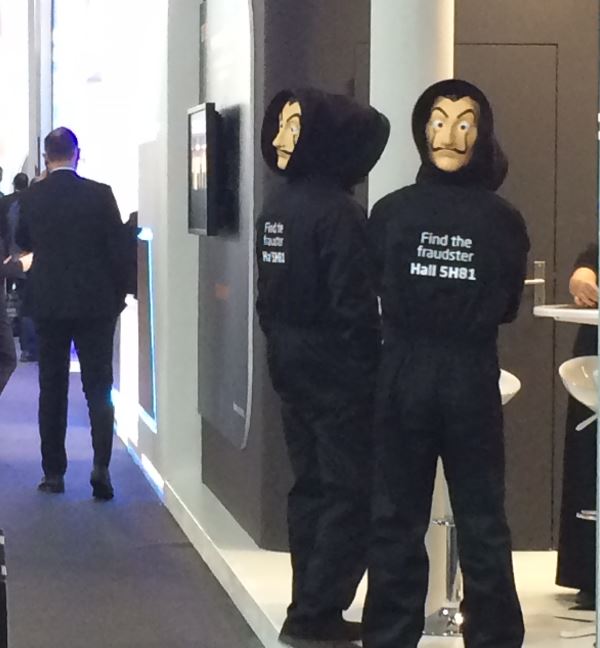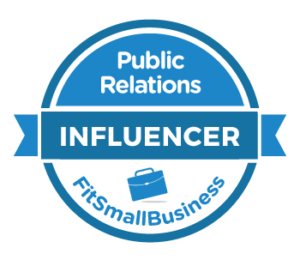This post is by David H. Lasker, Founder and CEO of News Exposure
Your company’s hard-won reputation is an immeasurable asset. Start with the fact that your bottom line is built on customer trust. Add the likelihood that employees who steered your brand toward its good standing feel more invested. They may be increasingly productive as a result, further perpetuating the cycle of success.
Intangibles such as these matter. That makes it all the more disturbing to realize how tenuous all of this can be. A PR crisis could ravage your reputation, and any number of potential developments can trigger one. Thanks to technology, news will spread fast and far about a criminal act, a faulty product, a data breach, an offensive remark, an incident involving insensitive treatment of a customer … the list continues.
Between news reports and social media — and do not underestimate the latter — people around the globe can learn about your company’s unfortunate situation almost instantaneously. How will your company respond? Disaster may seem inevitable, but there’s no reason to panic. There are ways to reduce the impact of a PR crisis, the best of which is to prepare for one. This can be achieved even though the specific circumstances that touch off a crisis cannot always be foreseen.
Don’t leave your company in a position where it must resort to scrambling amid the chaos of a PR crisis. Learn these key do’s and don’ts in advance, so the response is polished and smooth if and when a crisis hits.
What to Do During a PR Crisis
- Act quickly and transparently. If delivering an informative response immediately is not possible, at least communicate that your company is looking into the issue and explain why there will be a delay. Transparency is critical, as the media may have more information than you suspect and attempts to be deceitful might backfire.
- Understand the scope of coverage. The depth and content of your company’s response to a PR crisis may depend on who is saying what, as well as where it’s being said. A company experienced in media monitoring services can be a great help at keeping you informed.
- Make sure your response team is engaged. Individuals designated ahead of time to respond to a PR crisis should be briefed and given assignments related to the specific crisis. If you have not already formed a response team and a protocol for internal crisis communications, now is the time. Don’t be afraid to add outside media experts to this team. When a crisis erupts, they can present perspectives your internal team may not consider.
- Coach your spokespersons. Those who will directly address the media or the public must understand the specific response strategy and be presented with enough information to answer questions. If time allows, set up a practice session. Emphasize that the message must be consistent across multiple channels, regardless of how many individuals are responsible for delivering it.
- Seek feedback. If you work with a professional PR company, heed its advice. Also gauge reaction to your response. If it’s repeatedly being deemed inadequate from multiple channels, switch gears or risk making the situation worse.
What Not to Do During a PR Crisis
- Fall silent. Shutting down communication can lead to speculation by others — and what they say may be worse than the truth. Make it known that you are at least working on a response and why you cannot immediately provide more information.
- Express anger. Lashing out in public or aggressively challenging the media creates a negative impression and will not solve any problem.
- Blame others. If your company is innocent of whatever it is accused of, let the facts sort themselves over time. Immediately implicating another party as responsible will be perceived as dismissive — even if it’s a customer who misused a product, for example.
How you manage a PR crisis can determine the depth of the impact on your brand’s reputation and/or the length of time it takes to recover. A strategic, well-conceived response may even increase the trust level of your customers/clients. For more insight that’s easy to share with your team, see the accompanying guide.
Author bio: David H Lasker is founder and CEO of News Exposure, a digital content solutions company specializing in media research and monitoring. Lasker has over 25 years of experience in the industry and focuses on TV and radio broadcast monitoring, media intelligence, and PR analysis.












